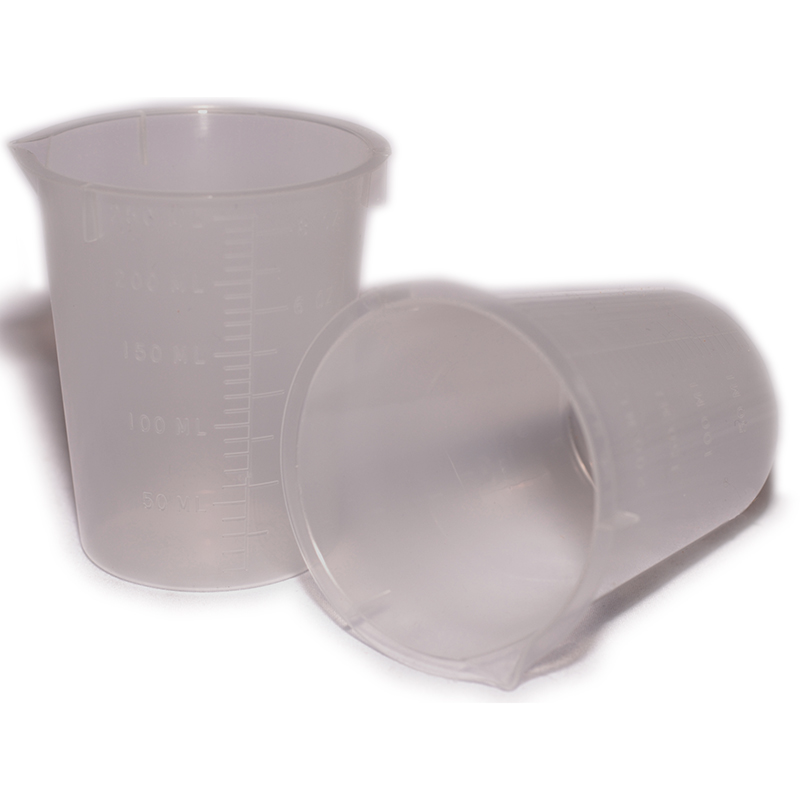

Although glass beakers are common, beakers are also made from a variety of plastic resins (PMP, polystyrene, polypropylene, PFA, polymethylpentene, HDPE, ETFE, PTFE, and more). This beaker is a single piece, molded out of translucent plastic, with raised numerical graduations and a pouring spout.

Laboratory are available in a range of materials and in sizes from 10 mL to 6 L.
#Plastic beaker skin#
Glass beakers may have graduated markings on their side that are accurate within 10 percent, though a graduated cylinder or volumetric flask is recommended for precise volume measurements. Plastic beakers can be used for measuring liquids and solids while cooking, baking, making candles, soaps, and other DIY skin care and hair care products.

Glass beakers feature uniform sidewalls and bottom thicknesses with a flat bottom and a beak, or small spout, for easier pouring. You use a plastic beaker in just the same way as you use a glass beaker: to store samples, liquids, and other substances, and to measure volumes. Meets ISO/DIN 7056 International Standards for Laboratory Plasticware Accuracy. Glass beakers can be heated to much higher temperatures than the plastic counterparts, while offering higher clarity for content visibility and measuring. Made only from high quality, laboratory-grade plastic materials for dependably low leachables and extractables.


 0 kommentar(er)
0 kommentar(er)
